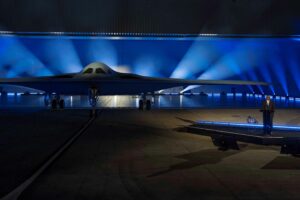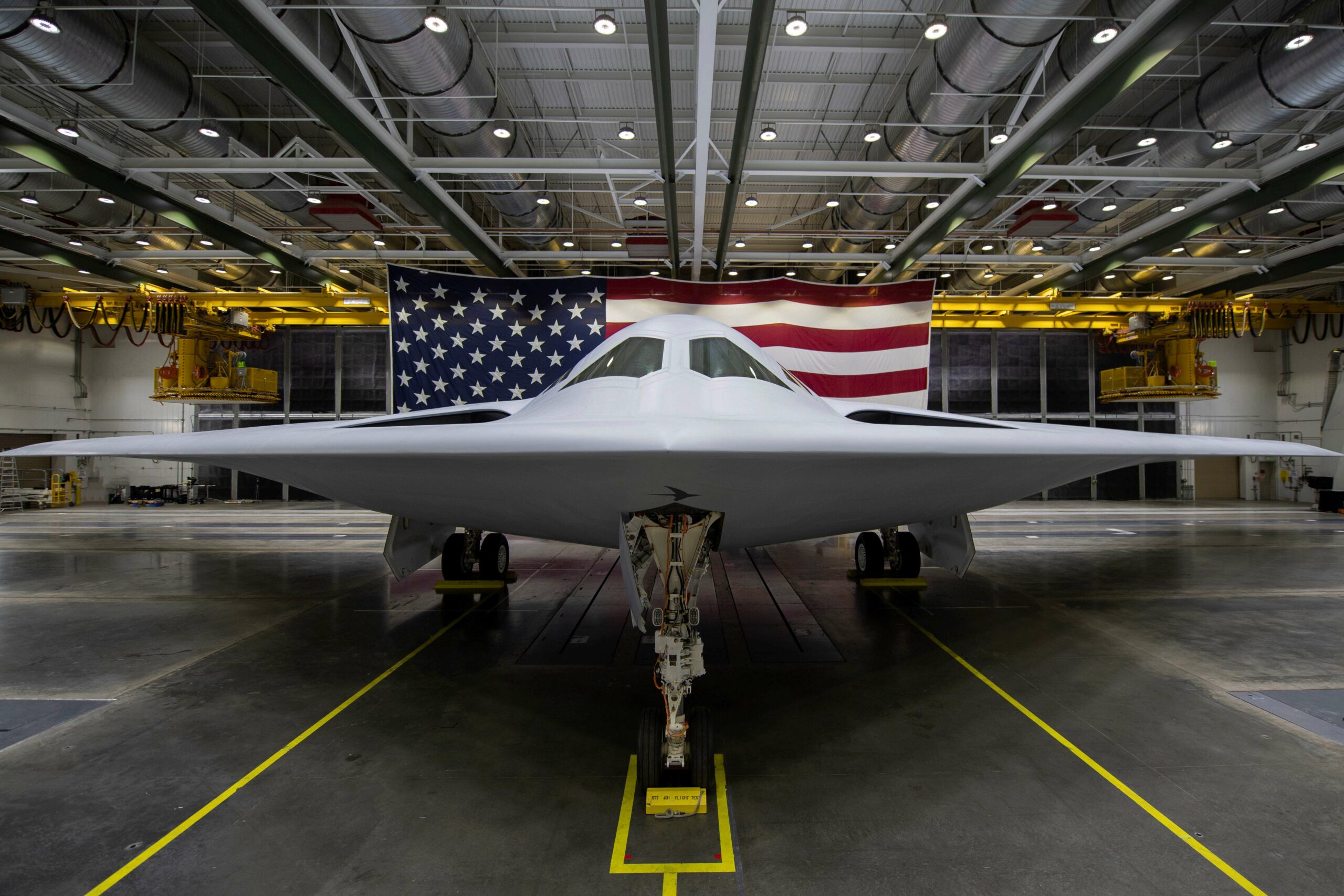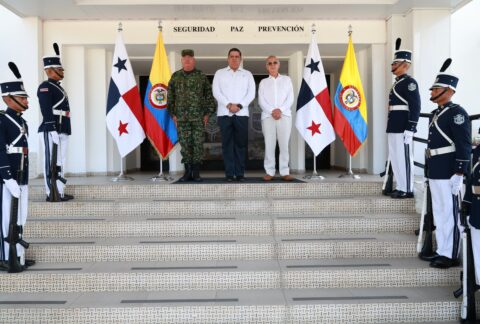The U.S. Defense Department unveiled its newest bomber aircraft, the B-21 Raider, December 2, 2022 in Palmdale, California. As the first strategic bomber in more than three decades, the U.S. Air Force’s B-21 will serve as the backbone of America’s bomber force, U.S. Secretary of Defense Lloyd J. Austin III said.
The B-21 Raider is expected to serve within a larger family of systems for conventional long-range strike, including intelligence, surveillance, and reconnaissance; electronic attack; communication; and other capabilities. It is nuclear capable and designed to accommodate manned or unmanned operations. Additionally, it will be able to employ a broad mix of stand-off and direct-attack munitions.

While the B-21 isn’t expected to be operational and introduced into service for several more years, the state-of-the-art aircraft will gradually replace aging B-1 Lancer and B-2 Spirit bombers now in service.
“The B-21 looks imposing,” Austin said. “But what’s under the frame and the space-age coatings is even more impressive.”
The range of the B-21, Austin said, is unmatched by any other bomber.
“It won’t need to be based in-theater, it won’t need logistical support to hold any target at risk,” the secretary said.
Like the B-2 Spirit, the B-21 Raider is a stealth aircraft. It will be hard for adversaries to see that it’s coming, Austin said.
“Fifty years of advances in low-observable technology have gone into this aircraft,” he said. “Even the most sophisticated air-defense systems will struggle to detect a B-21 in the sky.”
Austin also said the B-21 Raider is designed to be easily maintainable, which will help ensure that the aircraft is always ready to go when it’s needed.
“We don’t really have a capability unless we can maintain it,” he said. “The B-21 is carefully designed to be the most maintainable bomber ever built.”
As a dual-capable penetrating strike stealth bomber, the B-21 Raider is capable of delivering both conventional and nuclear munitions. It will be able to support joint and coalition forces across the full spectrum of operations, Austin said, and is also designed to be flexible enough to meet the evolving threat environment. “The Raider was built with open-system architecture, which makes it highly adaptable,” Austin said. “As the United States continues to innovate, this bomber will be able to defend our country with new weapons that haven’t even been invented yet. And the B-21 is multi-functional. It can handle anything from gathering intel, to battle management, to integrating with our allies and partners. And it will work seamlessly across domains, and theaters, and across the joint force.”
The B-21 Raider was built by Northrop Grumman and was developed through deep partnership with stakeholders in the U.S. military, Austin said.
Development on the B-21 Raider began in 2015 when the U.S. Air Force awarded the engineering and manufacturing development contract. The U.S. Air Force expects to acquire a minimum of 100 of the aircraft.
While the precise date when the B-21 will enter service is unknown, basing decisions have been made. Ellsworth Air Force Base (AFB), South Dakota, will become the first Main Operating Base and formal training unit for the B-21. Whiteman AFB, Missouri, and Dyess AFB, Texas, are the preferred locations for the remaining home bases. Each will receive aircraft as they become available.
“This isn’t just another airplane. It’s not just another acquisition,” Austin said. “It’s the embodiment of America’s determination to defend the republic that we love. It’s a testament to our strategy of deterrence — with the capabilities to back it up, every time and everywhere. That’s what America does.”









